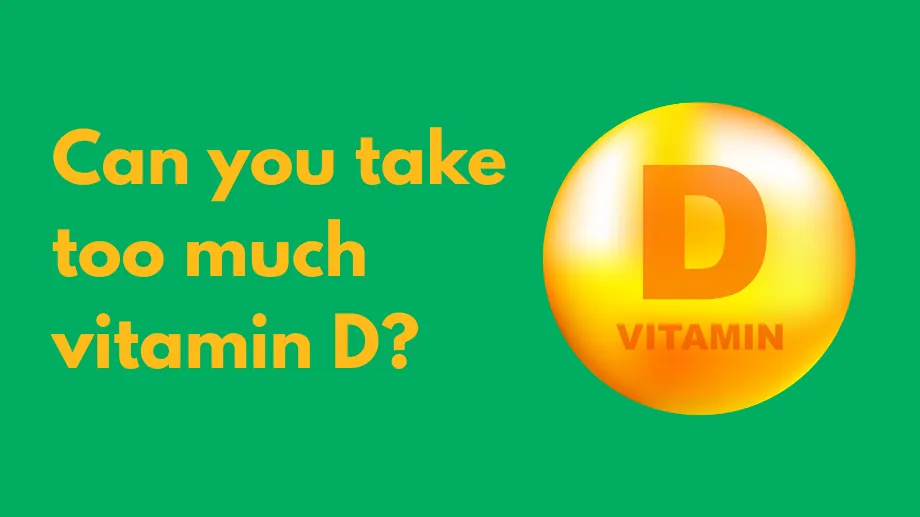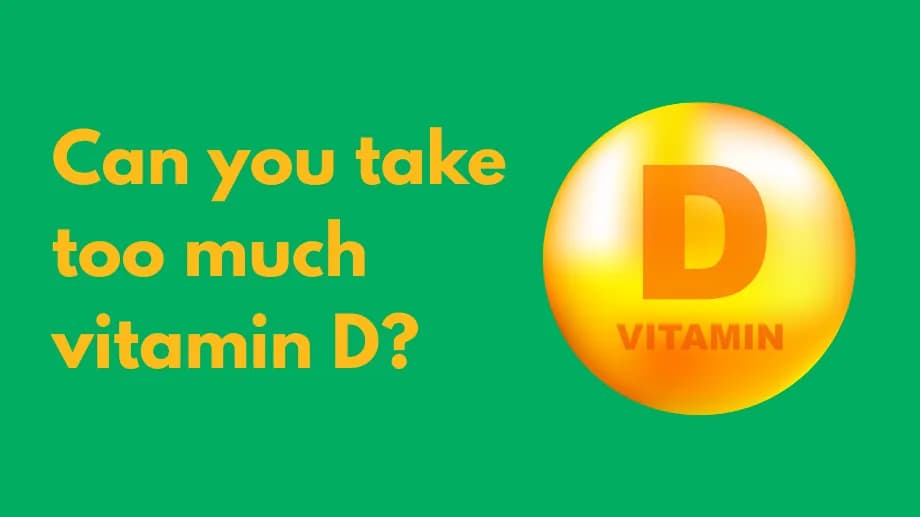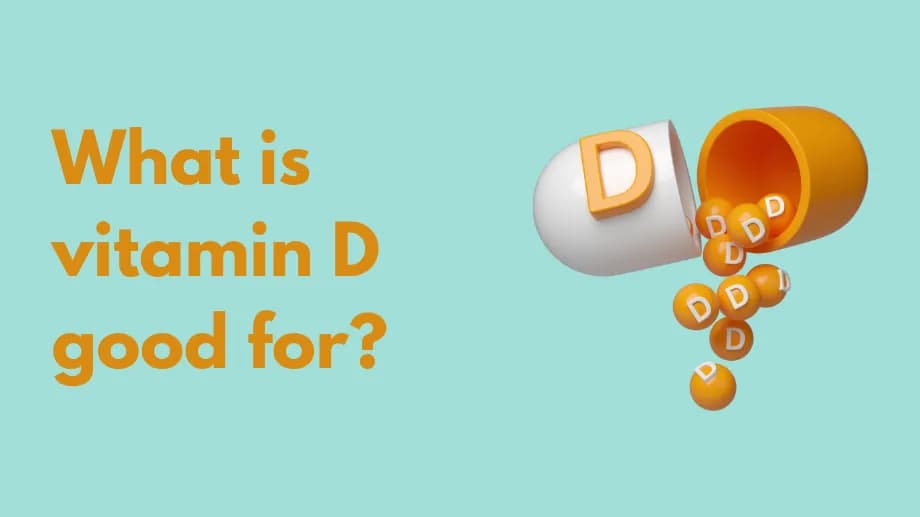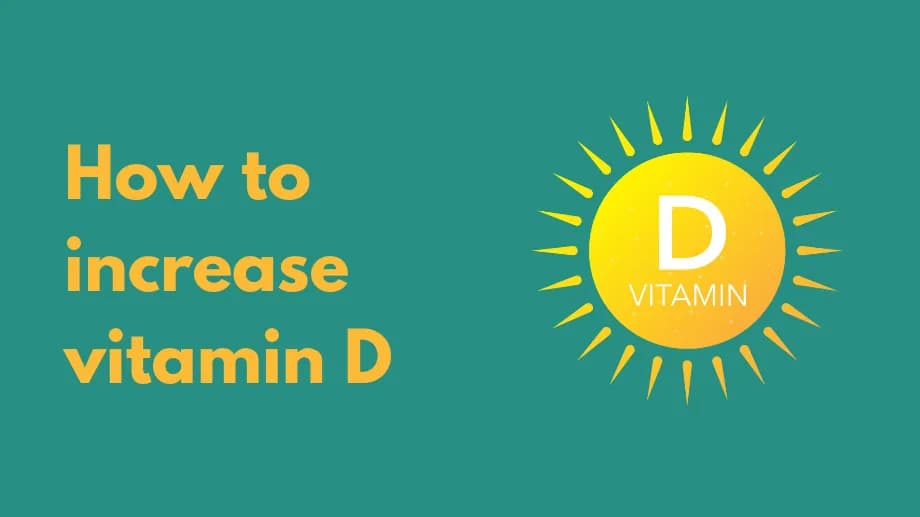Can you take too much vitamin d?

Vitamin D is a fat-soluble vitamin found in some foods and synthesized by your body via sun exposure. It is also available as prescription and over-the-counter supplements.
Vitamin D is needed, along with calcium, to maintain bone health. It also supports immune function and helps brain cells and muscles work properly.
Vitamin D toxicity (hypervitaminosis D) is rare but can occur from taking high doses of supplements over time, as excess vitamin D is stored in fat and accumulates.
How much vitamin D is too much in a day?
Excess usually comes from supplements, not food. The NIH upper daily limits (all sources combined) are:
- 0 to 6 months: 1,000 IU (25 mcg)
- 7 to 12 months: 1,500 IU (38 mcg)
- 1 to 3 years: 2,500 IU (63 mcg)
- 4 to 8 years: 3,000 IU (75 mcg)
- 9 years and older: 4,000 IU (100 mcg)
Symptoms of toxicity are most likely when intake reaches at least 10,000 IU (250 mcg) per day.
What are the symptoms of taking too much vitamin D?
- Loss of appetite and weight loss
- Nausea and vomiting
- Dehydration
- Constipation
- Frequent urination and increased thirst
- Confusion and fatigue
- Bone pain and muscle weakness
- Kidney stones and kidney failure
- Heart rhythm issues and high blood pressure
What are the risk factors for vitamin D toxicity?
Taking high-dose supplements or prescription vitamin D can raise risk. Medical conditions that may require higher doses include:
- Refractory vitamin D deficiency
- Multiple sclerosis
- Osteoporosis or osteomalacia
- Psoriasis
- Gastric bypass surgery
- Celiac disease and other malabsorption syndromes
- Inflammatory bowel disease (ulcerative colitis, Crohn’s disease)
How is vitamin D toxicity diagnosed?
Diagnosis is based on symptoms, medical history, and blood tests measuring:
- 25-hydroxyvitamin D level
- Calcium level
- Phosphorus level
- Kidney function
How is vitamin D toxicity treated?
Treatment usually includes stopping vitamin D and calcium supplements. Intravenous fluids (saline) help correct dehydration and flush excess calcium. Medications such as bisphosphonates, calcitonin, or corticosteroids may be used to lower blood calcium. Hemodialysis may be needed if kidney failure occurs, and all medications should be reviewed to adjust future doses.
Sources
- Vitamin D: Fact sheet for health professionals. Office of Dietary Supplements, NIH. Accessed May 11, 2025.
- Asif A, Farooq N. Vitamin D Toxicity. StatPearls. Updated May 24, 2023. Accessed May 11, 2025.



